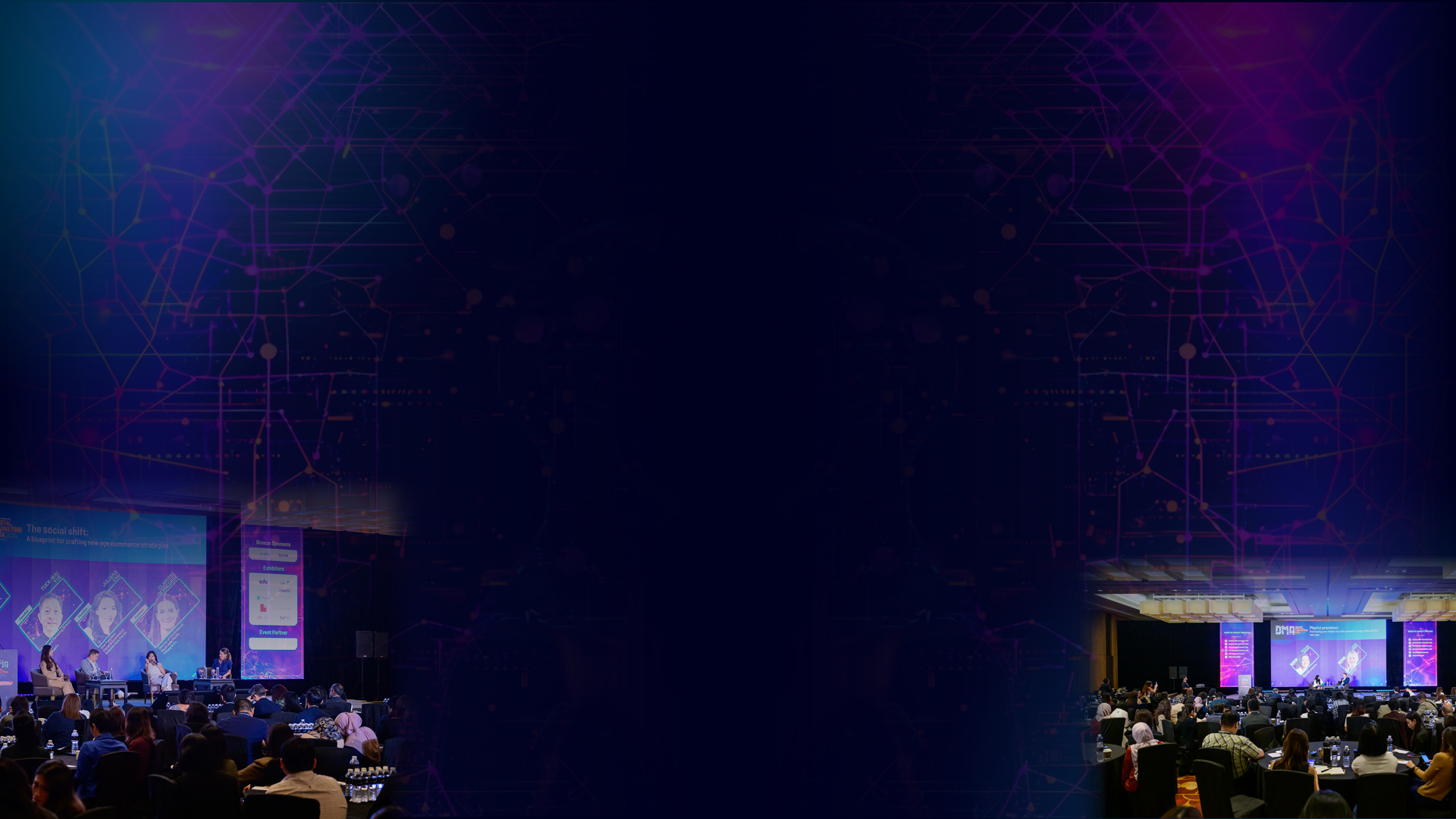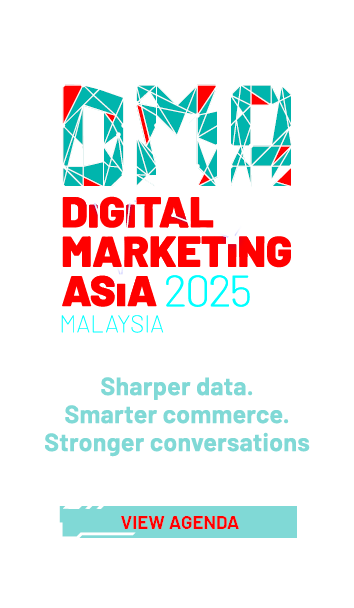



3 big culprits incentivising misinformation spread in the ad ecosystem
share on
The monetisation of misinformation and disinformation content is a vicious cycle and the open web remains riddled with it — much of which the adtech industry makes easy to monetise. In February alone, Insider reported in that amid the conflict between Ukraine and Russia, online ads from Progressive and Best Buy (among other big brands) showed up on Sputnik News and TASS — Google-ad-supported sites tied to the Kremlin.
According to Forrester, big brands with sizable media budgets and best-in-class media agencies have a part to play in funding an industry that intensifies societal and geopolitical conflict. This is happening because many brands and agencies don’t know where all of their ads are being placed. For example, the Bureau of Investigative Journalism found that Amazon ads appeared on more than 30 sites containing misinformation.
Moreover, brands are typically held accountable for these misguided media investments only when reporters or activist consumers call them out. The report added that traditional brand safety measures give B2C marketers a false sense of security. Brand safety vendors are good at identifying baseline safety standards (such as violence or pornography), but not misinformation and disinformation, said the report. This particular category of content is harder to detect with automation because it’s designed to look and sound credible, leading to the emergence of new brand safety solutions, such as NewsGuard and The Global Disinformation Index (GDI). GDI is a nonprofit organisation that uses a hybrid methodology — machine learning and a human-powered process — to identify open web content at risk for disinformation. The organisation licenses its data to a range of companies across the adtech ecosystem.
The truth of the matter is, no one player in the advertising supply chain can eradicate misinformation and disinformation from the advertising ecosystem on their own. The report shared that breakdowns happen at every point in the programmatic media process — from domain monetisation on the supply side to brand safety measures on the buy side. Lasting change requires cooperation and communication across the advertising industry — from brands and agencies to supply-side platforms.
In its current state, the advertising ecosystem incentivises the creation and spread of misinformation and disinformation.
The report also highlighted some obvious culprits in the system:
- People and nefarious groups: These folks create and monetise misinformation and disinformation, and it is said to be easy to create misinformation and start monetizing a new domain. Andrew Serby, executive VP of strategy and marketing at Zefr, shared that unfortunately, misinformation has been proven as a common engagement strategy for some publishers and creators in the open web. It’s a systemic issue, as more engagement means more revenue from advertisers is funneled to this content by the open web adtech supply chain.
- Social media algorithms amplify misinformation and disinformation: An NYU study found that during the 2020 US presidential election, news publishers known for publishing misinformation had six times the engagement (likes, shares, interactions) on Facebook compared with trustworthy news sources. Many social media platforms put moderation policies in place to ensure misinformation and disinformation are either downranked or removed, but these policies go mostly unenforced.
- The supply side looks the other way at misinformation and disinformation inventory: More inventory means more monetisable impressions. It’s not in the supplier’s financial interest to eliminate misinformation and disinformation from its inventory supply. Some SSPs constantly scrub for and remove what it defines as harmful disinformation from its supply. This practice leaves buyers only marginally protected from misinformation and disinformation, and it puts the burden on brands and agencies to implement strict inclusion/exclusion lists.
Photo courtesy: 123RF
Related article:
Meta collaborates with Factcheck Lab to reduce misinformation in HK
Does Joe Rogan's antics signal an impending misinformation issue on Spotify's hands?
share on
Free newsletter
Get the daily lowdown on Asia's top marketing stories.
We break down the big and messy topics of the day so you're updated on the most important developments in Asia's marketing development – for free.
subscribe now open in new window
